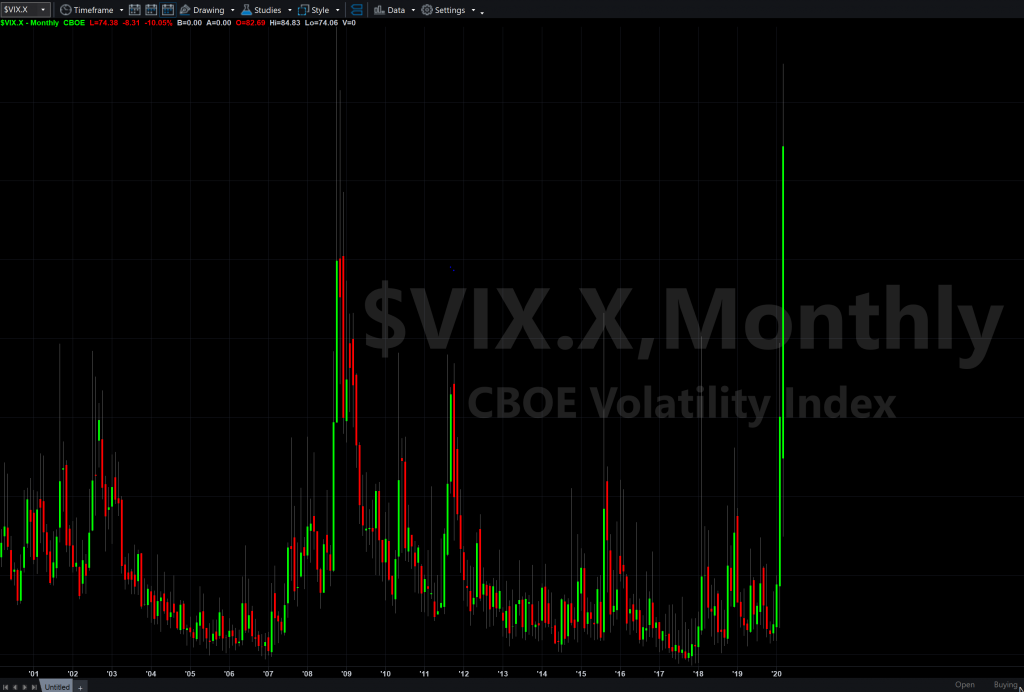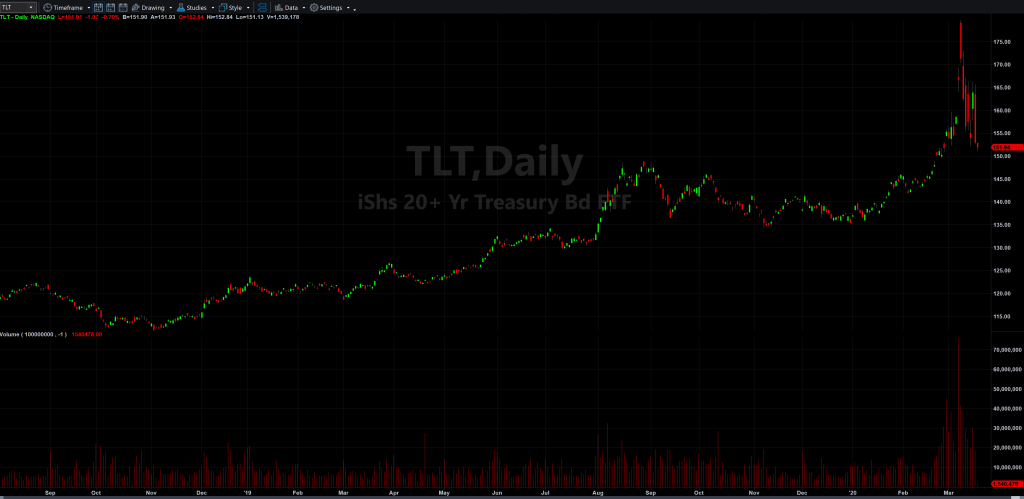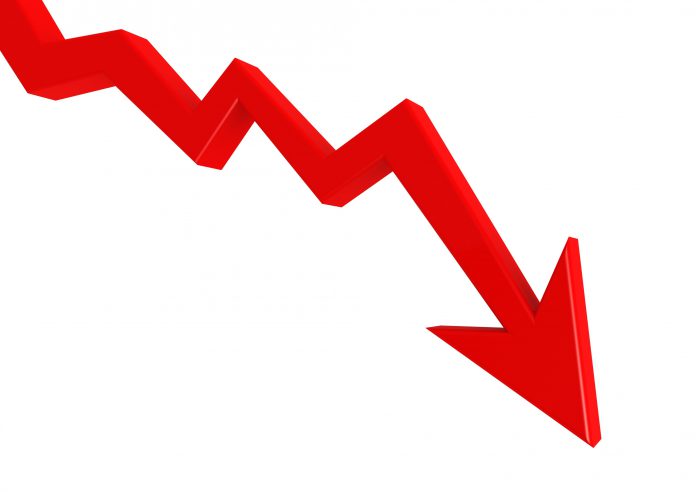Monday, March 16, 2020, marked the third-worst day in the history of the S&P 500 index. The S&P 500, which measures five hundred of the largest U.S companies, is one of the most followed equity indexes and has been around since 1926. Only during the Great Depression and “Black Monday” has the index recorded a larger one-day drawdown. The index cratered 11.98 percent following emergency action by the Federal Reserve.
On October 28, 1929, during the height of the Great Depression, the S&P 500 lost 12.94 percent for the day. On October 19th, 1987, during the infamous “Black Monday” crash the index fell 20.47 percent. The difference between those drops and Monday’s drop was that indexes today now have circuit breakers that halt trading when markets get volatile. It took all but four minutes for the S&P 500 index to trigger the 7 percent circuit breaker put in place by the exchange. It is anyone’s guess whether the drop would have been worse or better had the fail-safe not been in place.
Fed Steps In
Circuit breakers are not the only mechanism in place to save markets in times of chaos. The Federal Reserve took drastic action by holding an emergency meeting to start quantitative easing. The Fed added about $700 billion to its balance sheet- $500 billion in the form of treasuries and $200 billion in the form of mortgage-backed securities. In an unprecedented move, the new Fed funds rate dropped to 0 percent.
While it was clear that the Federal Reserve was willing to take drastic steps to calm markets, many market participants were left scratching their heads after prices plummeted.
Glass Half Full?
While the recent market drop has undoubtedly caused a ton of pain and will be remembered for years to come, there are always some potential positives investors can look to. The major indices have finally dropped more than 20 percent from highs, putting an end to the longest bull market ever, and perhaps “resetting” the market. The S&P 500 volatility index ($VIX.X) had the highest closing price in years- exceeding that of the global financial crisis in 2008. The VIX, which is a popular measure of volatility and some times referred to as a fear gauge is trading at $75 at the time of this writing- within shouting distance of the intra-day highs of the financial crisis which brought the VIX up to $89.

VIX Closes higher than 2008 financial crisis
The (TLT), an ETF seeking performance corresponding to the 20-year Treasury bond saw extreme turnover on March 9th. The ETF recorded its highest volume since inception, on a day where there was a wide range inverted hammer candle. The TLT is often looked at by investors as a safe-haven. Since the massive volume day on March 9th, the ETF has traded lower. If a potential blow-off top is occurring in the TLT this is a win for bulls. A blow-off top occurs when prices go parabolic as volume turnover comes in heavy.

Highest daily volume ever. Blow-off top?
The major U.S markets are likely to be driven short term by headlines pertaining to the Corona Virus, oil prices, and economic stimulus coming out of Washington. Day to day volatility is likely to remain high. Investors participating in this type of market should have risk management parameters in place and should be aware of their position sizing. Though the market action has been painful, it is important to keep things in perspective. Look at a monthly chart of any U.S index and you’ll find that the recent drop is just a blip in what is otherwise a long term raging bull market. Be patient, pick your spots, and manage your risk.
























